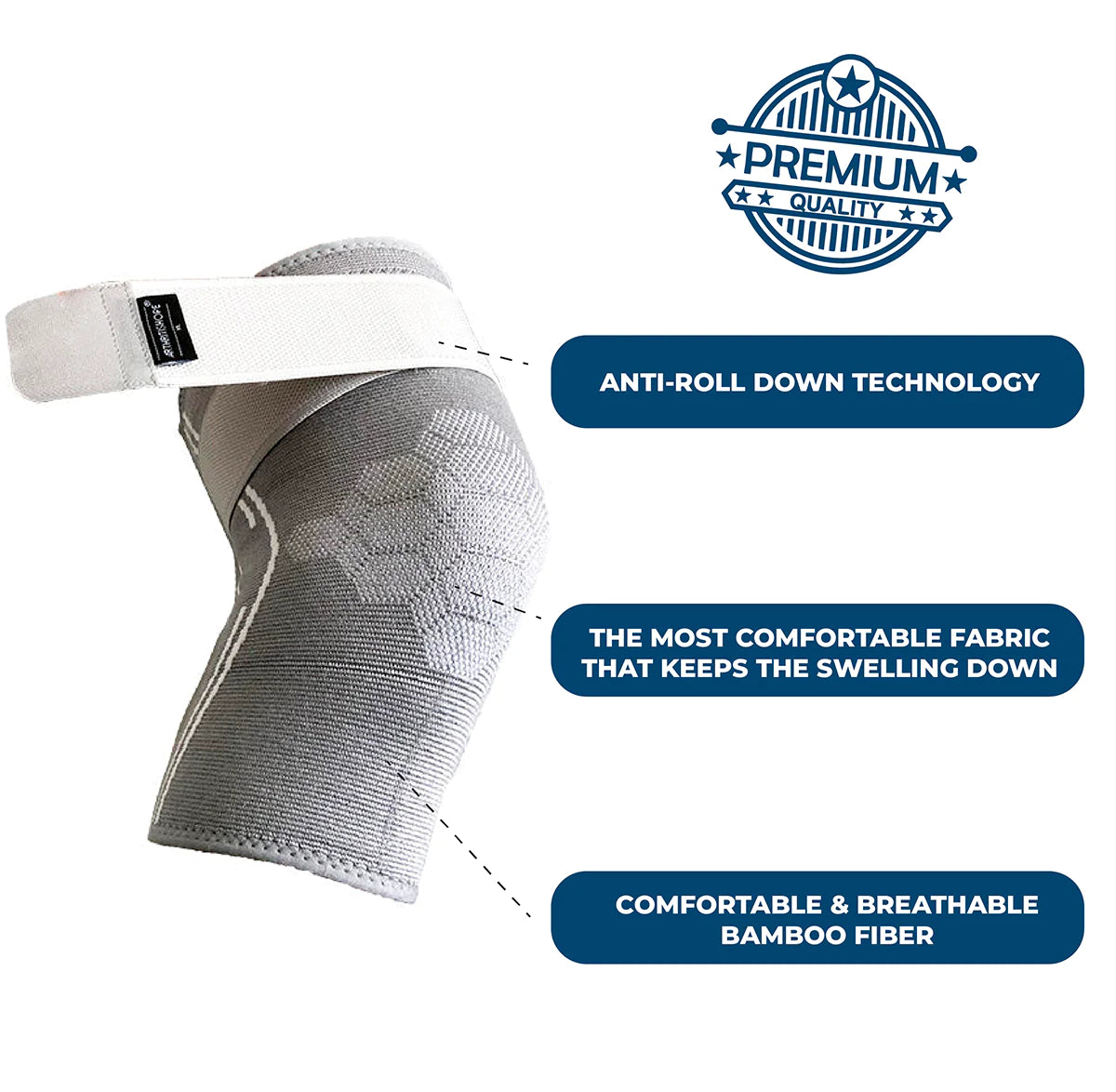
The intersection of digital innovation and healthcare has ushered in a new era of medical rehabilitation. Virtual reality (VR), with its simulated immersive environments, stands at the cutting edge of this revolution, providing groundbreaking treatments for various medical conditions, including arthritis.
Virtual Reality: A New Horizon in Arthritis Care
For those living with arthritis, each day can be a test of endurance due to persistent pain and stiffness. Introducing VR as a tool for rehabilitation marks a significant milestone, offering patients the chance to engage in virtual exercises that enhance joint mobility, muscular strength, and pain control within a safe, controlled environment.
The Psychological Edge of VR Rehabilitation
VR's benefits extend beyond the physical realm; it also addresses the psychological challenges associated with chronic conditions. Immersive virtual experiences offer respite from pain, contribute to stress reduction, and foster a proactive attitude towards rehabilitation. This psychological support is often key in achieving sustained success in any treatment regimen.
Research, including that presented by the Arthritis Foundation, has begun to validate VR's role as an effective tool for pain management, positioning it as a viable alternative to traditional pain medications, which may have undesirable side effects.
VR rehabilitation is highly customizable, allowing programs to be specifically designed to meet each patient's unique needs, thereby optimizing the rehabilitation experience and empowering individuals in their personal health journey.
In the context of rehabilitation for arthritis, VR can replicate daily activities and challenges, helping patients to hone their functional skills in a risk-free setting. The technology's adaptability allows for the simulation of varying difficulty levels, ensuring a progressive recovery and fortification process.
The ability of VR to track and analyze patient movements provides critical feedback, enabling precise monitoring of progress and the fine-tuning of treatment plans for optimal health outcomes.
VR technology is not only effective but also convenient and accessible. Home-based VR systems allow patients to participate in rehabilitation exercises regularly without the need to visit a clinic, a significant advantage for those with restricted mobility.
Despite its numerous benefits, there are hurdles to VR's widespread implementation, such as cost and the need for specialized knowledge. Nevertheless, as VR becomes more affordable and user-friendly, it is poised to be a mainstay in rehabilitation practices globally.
VR should be seen as a complement to other therapies. For example, the application of compression sleeves has proven to offer joint support and alleviate discomfort for arthritis sufferers. When combined with VR, patients may experience an amplified effect in managing their condition.
The integration of virtual reality heralds an optimistic future for arthritis rehabilitation. As we delve deeper into VR's potential, we unlock new opportunities for an enhanced quality of life and autonomy for arthritis patients.
In conclusion, as we contemplate virtual reality's role in arthritis rehabilitation, we must acknowledge that technology serves as a powerful instrument. Used judiciously, it can radically alter the course of healthcare. The tale of VR in medical treatment continues to evolve, and for those battling arthritis, it is a narrative brimming with optimism and opportunities. With open minds and compassionate hearts, we can continue to challenge the limits of what is achievable in the name of health and well-being.





